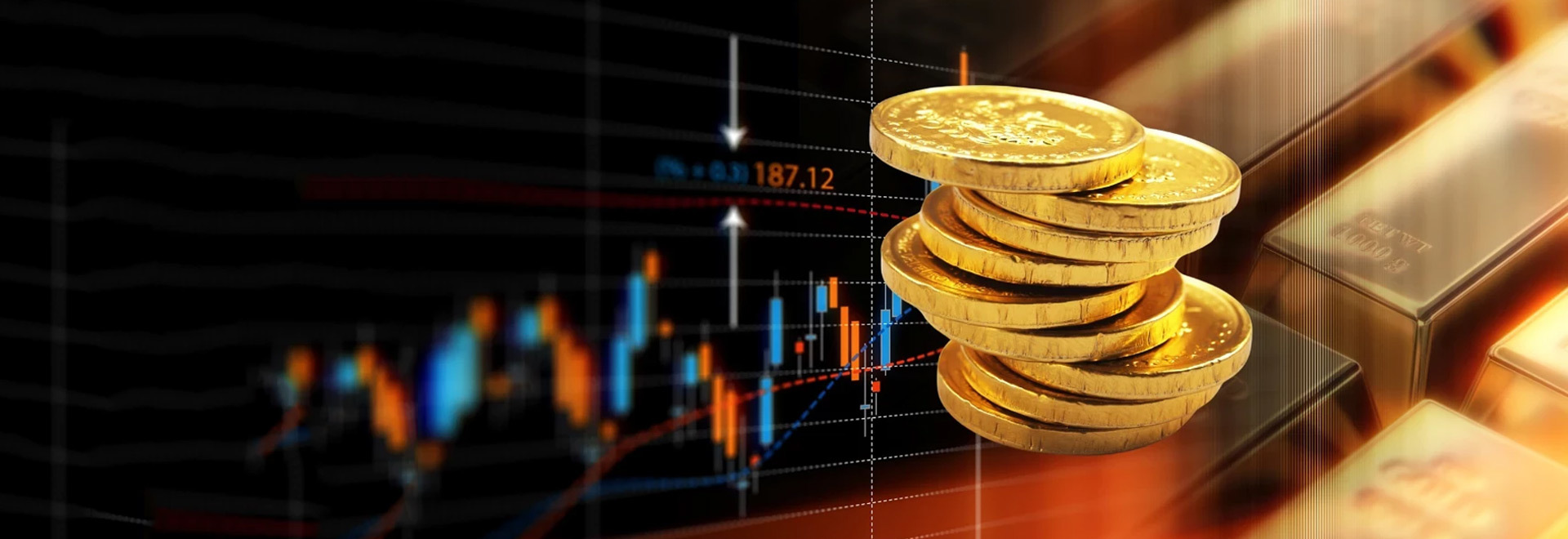Gold falls below the 2900 mark as technical indicators resume a downward trend
(February 28) During Asian trading hours, spot gold saw a slight rebound. As the week closes, gold prices appear set for their first decline of 2025. Influenced by a surge in the US dollar, prices plummeted to their lowest level in over two weeks on Thursday. Gold's daily candlestick chart shows a significant drop, initiating a short-term downward trend. The price fell below the 2900 mark and closed at a low, with the MACD also showing a bearish crossover. There is still room for further short-term adjustment.
Time:
2025-02-28 16:41
During Asian trading hours on February 28, spot gold saw a slight rebound after fluctuating. As the weekly chart is about to close, gold prices appear poised for their first decline of 2025. Influenced by a surge in the US dollar, prices plummeted on Thursday to their lowest level in over two weeks. The daily candlestick chart shows a significant drop, initiating a series of consecutive downward adjustments. The price fell below the 2900 mark and closed at a low, accompanied by a bearish MACD crossover, suggesting further short-term adjustments are likely.

Reports indicate that Trump has confirmed tariffs on Mexico and Canada will be implemented on March 4, and that reciprocal tariffs will be imposed on April 2. The Canadian Prime Minister responded that if the US imposes tariffs, Canada will respond immediately and strongly. Regarding the UK, Trump stated that tariffs would be unnecessary if a trade agreement is reached.
On February 27, local time, according to Reuters citing Interfax, Ukrainian President Zelenskyy arrived in the US on February 27, according to flight information. Earlier, US President Trump stated that he would meet with Zelenskyy at 11 am local time on February 28. The two will discuss a minerals and rare earth development agreement.
The US will release the January Personal Consumption Expenditures (PCE) price index on Friday, the Federal Reserve's preferred inflation indicator. The January PCE price index is expected to rise 0.3% month-over-month and 2.5% year-over-year.
Bart Melek, head of commodity strategy at TD Securities, said that significant deviations from the projected PCE data could trigger negative reactions, as markets worry that the Fed may be less willing to cut interest rates.
The market currently expects the Fed to cut interest rates at least twice this year, with a total reduction of approximately 55 basis points.
The daily gold price chart shows increased bearish potential as gold is breaking below the bullish 20-day simple moving average (SMA), the first time it has done so since January 7. The price remains well above the bullish 100-day and 200-day moving averages, but technical indicators maintain a firm bearish slope, approaching the midline from above.
The recent 4-hour chart shows spot gold continuing its downward trend, breaking below both the 20-period and 100-period SMAs. Shorter-term moving averages are gaining downward momentum above longer-term averages. Meanwhile, technical indicators have resumed their downward trajectory, approaching oversold readings, maintaining strong bearish momentum and predicting lower lows for gold prices.
Related News
Gold prices continue to fluctuate.
Gold prices have shown a volatile pattern in the short term, affected by the weakening of the US dollar and changes in sentiment due to easing geopolitical tensions.
Gold prices rise again! Multiple risks fuel safe-haven demand.
From the perspective of the international market, the tense situation in the Middle East, the escalation of the Russia-Ukraine conflict, and the continued high uncertainty surrounding the US Trump administration's tariff policies have driven up gold prices due to increased risk aversion in the market. Furthermore, a significant recent change in the gold market is that gold has become the second-largest reserve asset for central banks globally. How should the future trend of gold prices be viewed? Several analysts have indicated that in the short term, gold prices may fluctuate due to factors such as tariff easing and sudden changes in the geopolitical situation; in the medium to long term, gold prices are still in an upward channel.
As the Russia-Ukraine conflict enters its third year, global attention is once again focused on this geopolitical crisis. According to Dow Jones Newswires, US President Donald Trump made startling remarks at the White House on Thursday (June 5), stating that neither Russia nor Ukraine is prepared for peace, and that both sides may "continue fighting" until one side is willing to compromise. This statement not only signals the failure of his attempts to broker peace, but also introduces new uncertainty to the global geopolitical and economic markets.
Recently, good news came from the China Machinery Metallurgy and Building Materials Workers' Technical Association. In the 2025 National Machinery Metallurgy and Building Materials Industry Workers' Technological Innovation Achievement Award, Shandong Guoda Gold Co., Ltd.'s "Purification of Crude Arsenic Flue Dust to Produce Arsenic Trioxide Industrial Application" and "Key Technology Application for High-Value Utilization of Complex Copper-Gold Ore Resources" projects won the first prize and the second prize respectively. This honor is a high recognition of the workers' technological innovation ability and the effectiveness of achievement transformation, and also fully demonstrates the company's outstanding strength in the industry.
Gold prices return to $3300! Wall Street banks show significant divergence in long-term outlook
In fact, as gold prices fluctuate, Wall Street's major banks have recently shown a clear divergence in their views on gold prices. Unlike Goldman Sachs and Deutsche Bank, which are optimistic about gold's performance, Citigroup believes that the long-term outlook for gold prices is not optimistic.
Although gold prices rose this week, market volatility has clearly increased. While the US-UK agreement is symbolic, its content is limited and insufficient to alleviate concerns about a global economic slowdown. Therefore, gold prices will continue to fluctuate between safe havens and policy signals, closely monitoring the Federal Reserve's interest rate expectations and global trade sentiment.

